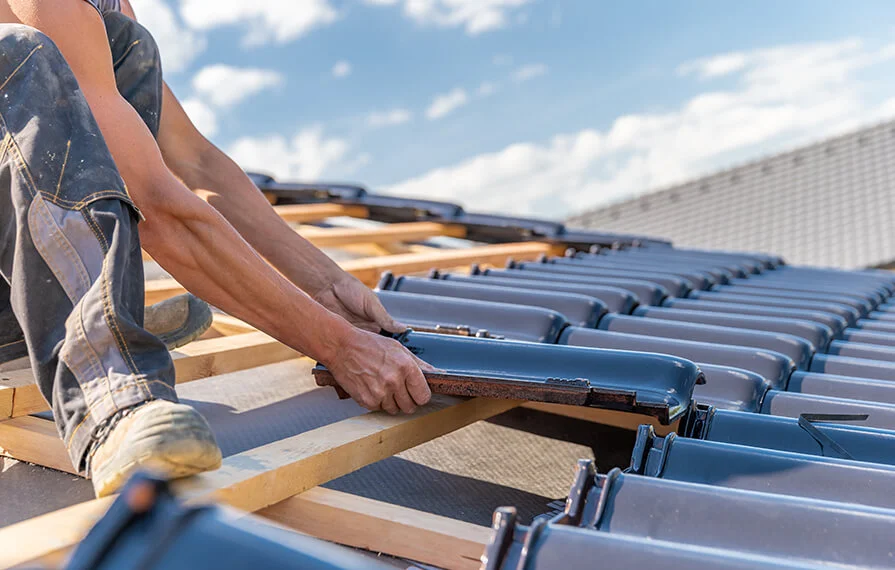Durability is often a top priority when selecting the suitable roofing material for your home. A durable roof protects against the elements, contributes to the home’s overall energy efficiency, and reduces the need for frequent repairs or replacements. Consulting with a roofing specialist is invaluable for expert advice tailored to your specific needs. This article delves into roofing materials, highlighting their benefits, drawbacks, and overall durability.
Understanding Roofing Durability
What Makes a Roofing Material Durable? Durability in roofing materials is determined by their ability to withstand weather elements like sun, rain, wind, and snow. A durable roof should also resist fire, mold, insects, and rot.
Factors Influencing Roof Durability
- Material Composition
- Installation Quality
- Climate and Environmental Conditions
- Maintenance Frequency
Comparing Popular Roofing Materials
Asphalt Shingles: Affordable but Shorter Lifespan
Asphalt shingles are the most common roofing material due to their cost-effectiveness and ease of installation. However, they typically last between 15 to 30 years, making them less durable than some alternatives.
Metal Roofing: Longevity and Resistance
Metal roofs are renowned for their durability, often lasting 40 to 70 years. They are highly resistant to extreme weather and fire. The types of metal used include aluminum, steel, copper, and zinc.
Clay and Concrete Tiles: Robust and Weather-Resistant
Clay and concrete tiles are incredibly durable, with lifespans extending over 50 years. They excel in hot climates and are resistant to decay and fire. Their weight requires sturdy structural support, a key consideration during installation.
Slate Roofing: The Century-Long Roof
Slate is often considered the pinnacle of durable roofing materials, with a lifespan of 100 years or more. It is naturally resistant to the elements and virtually indestructible under normal conditions. However, slate is expensive and requires a specialized installation process.
Wood Shingles and Shakes: Natural but Maintenance-Heavy
Wood shingles and shakes provide a natural aesthetic but require more maintenance to prevent rot, mold, and insect damage. Depending on the type of wood and maintenance practices, they typically last 20 to 30 years.
Innovative and Sustainable Options
Green roofs and solar tiles are particularly noteworthy among the more innovative and sustainable roofing options. Green roofs are adorned with vegetation that insulates buildings and effectively manages stormwater. This makes them an excellent choice for urban environments, although they might only be suitable for some types of structures.
On the other hand, solar tiles merge photovoltaic cells with traditional roofing materials like asphalt or metal, providing a dual function of energy generation and home protection. These tiles are engineered to retain the durability characteristics of the base materials, making them a smart choice for those looking to combine energy efficiency with long-lasting roof performance.
FAQs on Durable Roofing Materials
Which roofing material is best for a high-wind area?
Metal roofing is typically the best option for high-wind areas due to its strong resistance to uplift and tearing.
How much does a durable roof cost?
The cost varies significantly depending on the material. Asphalt shingles are the most affordable, while materials like slate and metal are more expensive.
Can I install a durable roof myself?
Installing roofs like asphalt shingles may be within reach for skilled DIYers, but materials like metal, slate, and tiles usually require professional installation.
Other Roofing Tips

2 Comments
Best Roofing Materials For Coastal Homes | Premier Home Solutions
May 31, 2024[…] What Is the Most Durable Roofing Material […]
Slate Vs. Shingle Roof | Premier Home Solutions
May 31, 2024[…] What Is the Most Durable Roofing Material […]